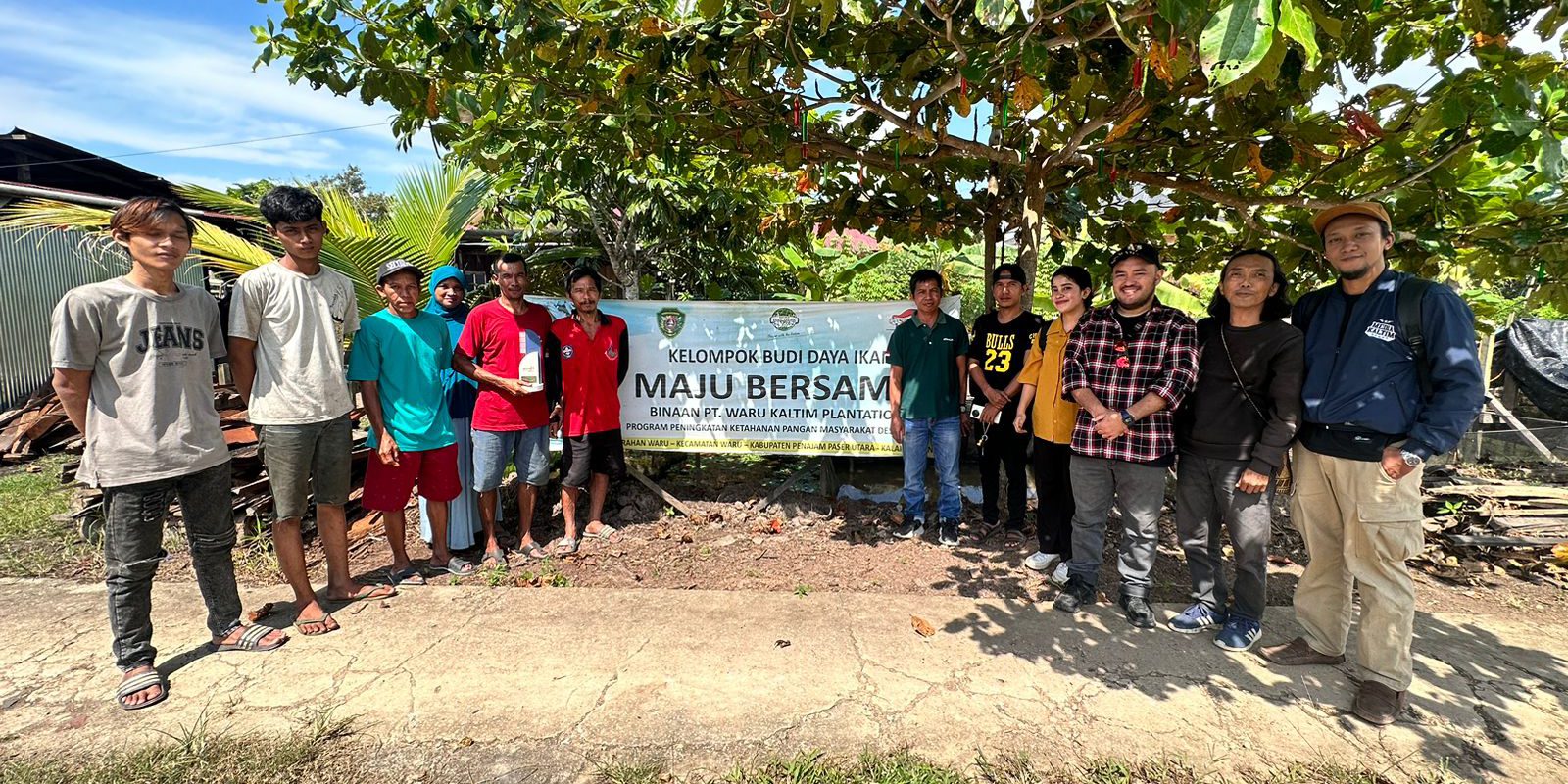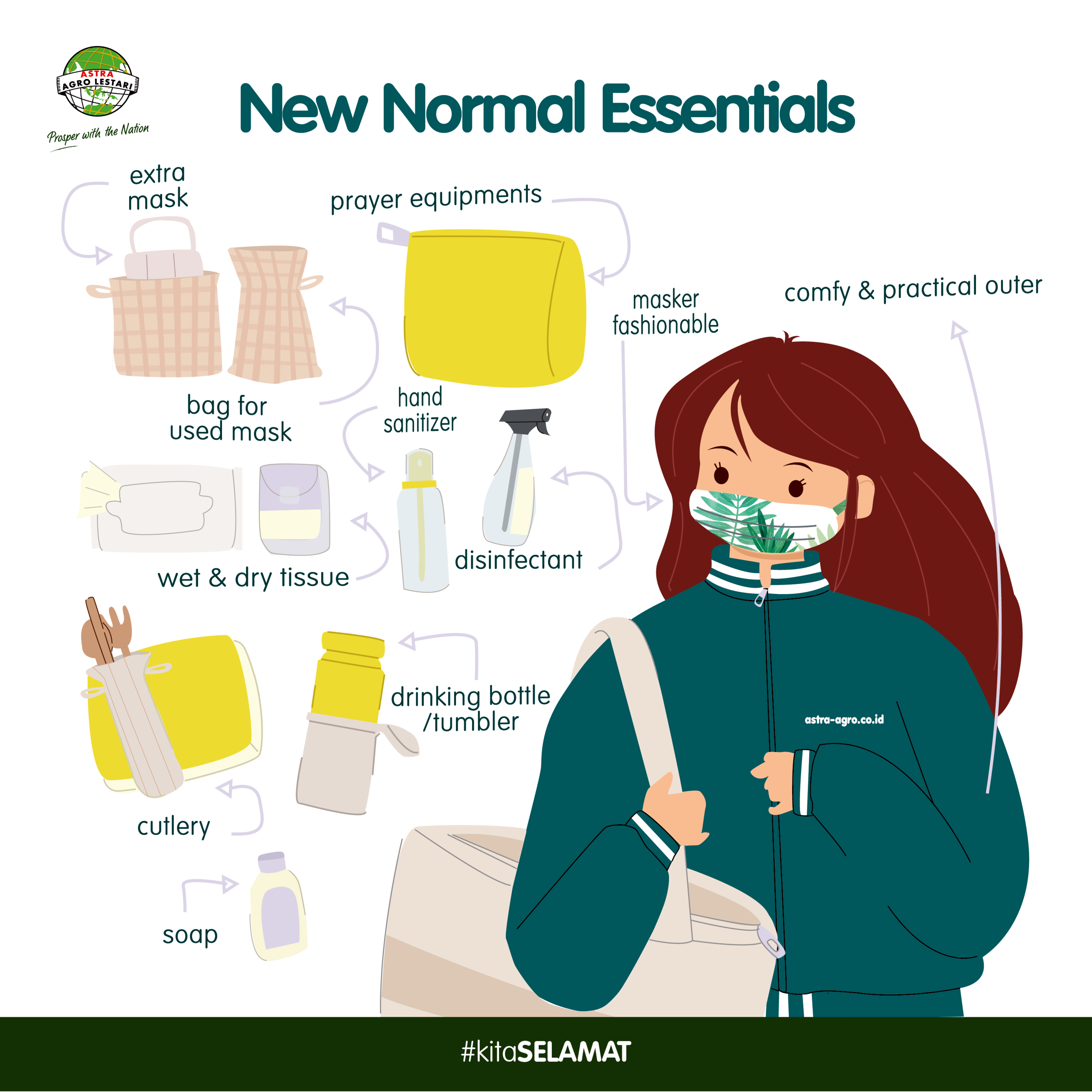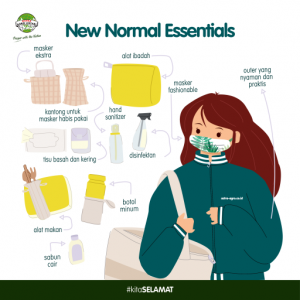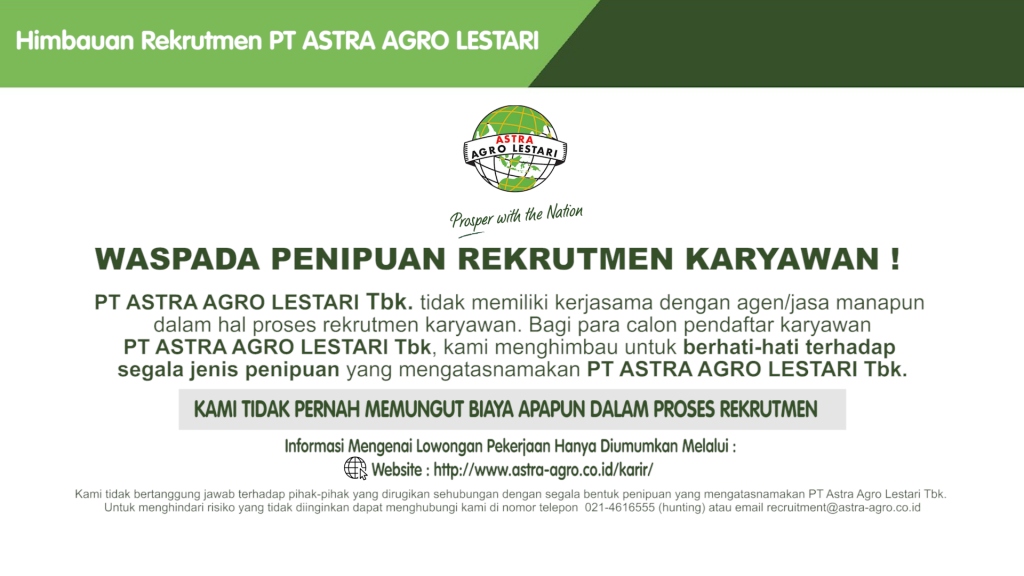
Limitations can have two outcomes: they may act as barriers if ignored, or they can become opportunities when explored. This is the experience of Pokdakan (Fisheries Cultivation Group) Maju Bersama in Penajam Paser Utara, East Kalimantan, who chose the latter in facing their challenges.
The group faced constraints due to the limited and expensive supply of animal feed raw materials, alongside a relatively stable selling price for fish. In response, they innovated by creating SINTAPIBABE (Fish Feed Making Machine from Wastes).
SINTAPIBABE is a waste processing machine that transforms what was once a problem into a valuable economic resource for the community. This machine produces fish feed, showcasing the innovation of Pokdakan Maju Bersama, which is supported by PT WKP (Waru Kaltim Plantation), a subsidiary of Astra Agro.
The inspiration for developing SINTAPIBABE arose from the farmers’ reliance on commercial feed factories, particularly as rising feed prices significantly impacted their profitability. Given that fish selling prices generally remain stable in the market, ranging from Rp 23,000 to 25,000 per kg, this innovation helps address the financial challenges faced by farmers.
As an illustration, farmers need to spend Rp380,000 for 30 kilograms of feed for four days. The feed is able to meet the needs of 35 net cages, eight tarpaulin ponds and one land pond owned by Pokdakan Maju Bersama.
Pokdakan Maju Bersama faced a challenge that inspired them to innovate in the production of fish feed using recycled materials and locally sourced ingredients. Their primary raw material includes runcah fish, which are small fish that fishermen accidentally catch and which typically hold no economic value.
‘As a solution, we instructed the villagers with engineering expertise to construct feed processing machines through guidance and online references,’ answered Zakaria as a representative of PT WKP’s CSR (Corporate Social Responsibility) team.
Ingredients include soya meal, cassava, red pumpkin, chicken feathers, chicken bones, and large fish bones. All raw materials are processed into flour, which is then formed into pellets for fish feed using SINTAPIBABE.
In one hour, SINTAPIBABE can produce 50 kilograms of fish feed, which meets the needs of all the floating net cages, tarpaulin ponds, and land ponds owned by Pokdakan Maju Bersama. This group cultivates various types of fish, including catfish, tilapia, and gourami.
The independent production of local feed by Pokdakan Maju Bersama has reduced their spending on fish feed by 50 to 60 percent. Additionally, the nutritional requirements of their farmed fish are being met. For instance, the production of Sangkuriang catfish, favored by Pokdakan Maju Bersama, can reach between 200 and 300 kilograms from one floating cage within a 10-day period.
Pokdakan Maju Bersama employs a tiered ladder system to harvest catfish from one floating net cage to another. From 19 floating net cages stocked with catfish seeds, the group manages to harvest approximately one tonne of Sangkuriang catfish each month. The average income from one floating net cage in just 10 days can reach around Rp6,000,000.
“With the floating net cage system, fish feed can be distributed optimally, leading to the production of better quality fish.”
Pokdakan Maju Bersama’s innovative use of recycled materials and waste for fish feed has garnered support from PT WKP, which awarded the group first place in the fisheries category at the Astra 2024 Festival.
In addition to winning the award, several institutions and villages have expressed interest in replicating and implementing the SINTAPIBABE machine for their business operations.
“Recently, Pokdakan received a collaboration offer from a certain company to develop the SINTAPIBABE machine for vegetable processing. This processing machine’s application is not limited to fish feed but has broader potential uses.”
Looking ahead, the CSR team at PT WKP plans to adapt the SINTAPIBABE machine as a tool for processing compost fertilizer for the village’s vegetable plantations.
“The machine we initially developed to address the high prices of fish feed can now stimulate economic growth and even create jobs for the surrounding community,” said Zakaria.




